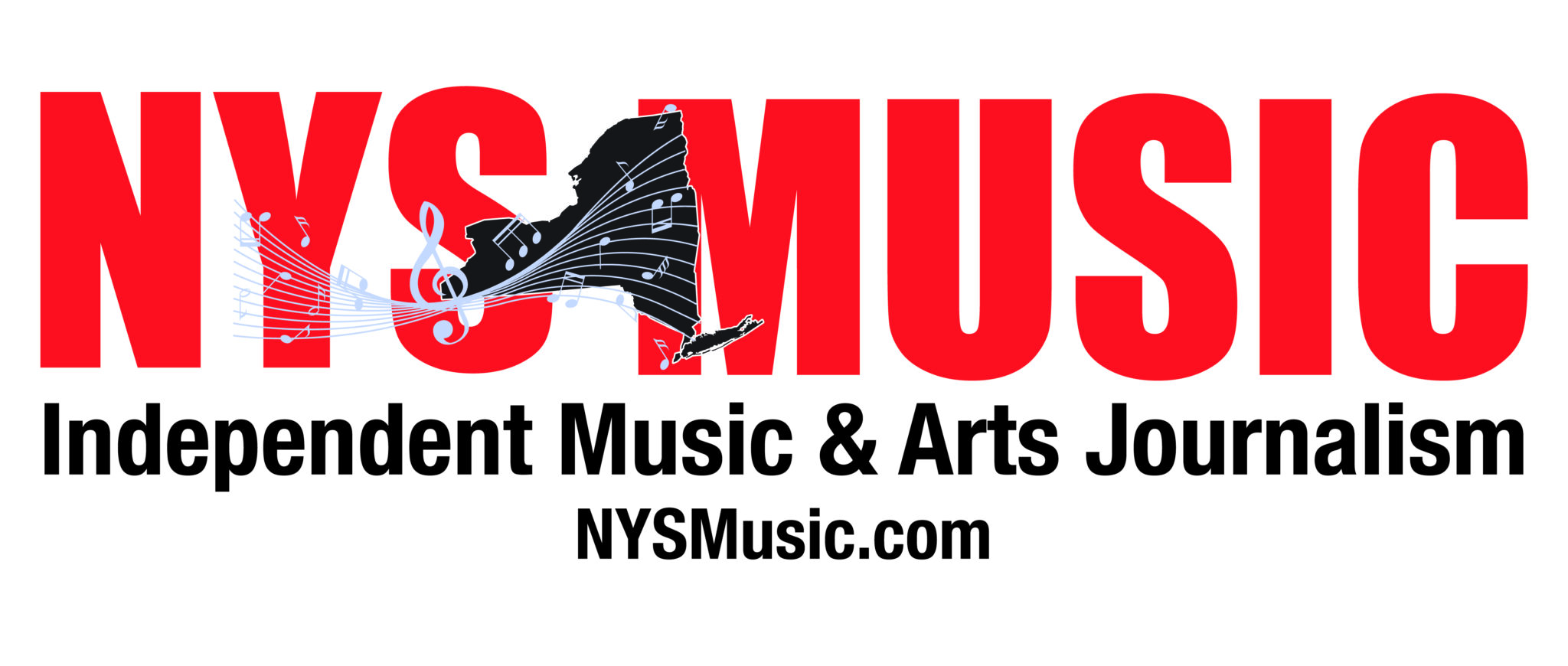When it comes to protest songs, Public Enemy’s “Fight the Power” not only goes down in history as one of the greatest, but continues to be relevant decades later. Today, we explore the history of the iconic song and how the tumultuous political and social landscape of New York City and America shaped an anthem for the ages.
Setting the Stage
Public Enemy was formed in 1982 on Long Island. The band’s members Chuck D, Hank Shocklee, Bill Stephney, and Flavor Flav met at Adelphi University, which they all attended. At the time, Adelphi had a budding hip hop scene that would inevitably set the stage for the group to come together.
In the early 70‘s, there was a growing move of Black people from New York City to the suburbs in places like Long Island. Sandwiched between white neighborhoods, Black families were historically met with opposition to their “integration.”

Although Black people made up only a small minority of Long Island’s population, they made up over 30% of the arrests in Nassau and Suffolk counties and 43% of suspects shot at by police during this time period. Similar statistics are still prominent in the area today. According to available data in Nassau County as of 2024 … “Black people are subject to traffic stops at 3.1 times the rate of white people; Black people are subject to Terry Stops at 4.7 times the rate of white people; and Black people are subject to being frisked at 6.8 times the rate of white people.”
In the 70’s, the heart of this area was nicknamed the “Black Belt.” It was in this pressure cooker of poverty and systemic racism that the band members lived many of their formative years.

Campus life proved to be a bit more freeing for the assorted members of Public Enemy. Hank Shocklee, started a mobile DJ unit that he drove around campus. Chuck D frequently served as the DJ and MC, Meanwhile, Bill Stephney was running a college radio show and invited the two on the show’s Saturday night hour. William Rico Drayton aka Flava Flav joined in on the show, playing piano. The radio show and DJ gigs grew massively in popularity. Famed producer Rick Rubin got wind of Chuck after hearing one of his raps, “Public Enemy No. 1.” He signed Chuck who enlisted Shocklee as a producer and Stephney as a publicist, in addition to involving Flavor Flav.
Just how Rubin had successfully broken Run DMC into the mainstream with the legendary Aerosmith collab on Walk this Way, he intended to make Public Enemy a household name. In 1987, they released Yo! Bum Rush the Show (1987) under Rubin’s label, Def Jam. They quickly followed the project up with their second album, It Takes a Nation of Millions to Hold Us Back, the following year.
From the get go, Public Enemy infused pop and rap music with Black nationalism, harkening to figures like Malcom X and the Black Panther Party. The songs not only challenged racial politics but the genre of hip hop as a whole. The music was loud and bombastic, but thought-provoking and stepped in a rich history of African American roots. The group sampled everything from jazz records, to funk and even metal music.
Two successful albums and a wholly original sound set the scene for the band’s massive surge in popularity and it was time to hit the big screen.
Taking it to the Big Screen
Fight the Power was was actually commissioned by Spike Lee for his film Do the Right Thing, a film that centered around racial tension and political violence in Brooklyn. The movie released July 21, 1989.
The plot of the film centers around an Italian-American owned pizzeria in a Brooklyn neighborhood. The Pizzeria’s Wall of Fame only displays Italian actors and some local residents are angry that no Black actors are featured on the wall. What may start as a small dispute, billows and builds. Against the backdrop of a scorching summer day, tensions arise and explode into a full-out riot highlighting larger issues such as police brutality and racial injustice. The plot of the film is a microcosm of larger racial tensions occurring all across America.
Unlike most songs featured in movie soundtracks, Fight the Power was a recurring motif, played over 15 times throughout the film. In a time where radio might have been restrictive to Black rap artists, this golden opportunity on the big screen amplified Public Enemy’s voice significantly. Having the song featured on the big screen also added a certain degree of credibility to the group’s image.
The song is played in its entirety in the opening credits as actress Rosie Perez dances to the beat. From there, the song is a constant refrain punctuating intense moments with equally sharp rhythm from the bass and drums. The song also appears diegetically, as character Radio Raheem often blasts the song on his boombox throughout the film. The boombox serves as a literal megaphone, a voice of the generation’s frustrations, and anger. As the movie builds and tensions rise, the lyrics resonate more and more. The chaotic track mirrors the situations at hand in perfect harmony.
Analyzing the Song
Fight the Power is a melting pot of genres. You can clearly hear funk elements reminiscent of James Brown and Sly and the Family Stone. Saxophonist Branford Marsalis adds a chaotic jazzy flair and sophistication the song, adding to the cacophonous wall of sound. Not only was Fight the Power politically incendiary, it was anthemic. A protest song that you could dance to, fight to, and so much more.
The song itself takes its name from another protest classic of the same name, first released by the Isley Brothers in 1975, borrowing the refrain of “We’ve got to fight the powers that be.”
The song also samples James Brown’s “Say It Loud, I’m Black and I’m Proud”
When it came to the lyrics, needless to say, Public Enemy wasn’t afraid to ruffle any feathers with this song.
At one point the song calls out American icons Elvis and John Wayne as racists.
Elvis was a hero to most
But he never meant s- to me you see
Straight up racist that sucker was
Simple and plain
Mother f- him and John Wayne
‘Cause I’m Black and I’m proud
Chuck explained in an interview with Rolling Stone in 2014 how these celebrities were always viewed in a perfect light with no one ever mentioning their bad sides, “‘They kind of got head-and shoulder treatment over everybody else … The lyric was assassinating their iconic status so everybody doesn’t feel that way.”
A Music Video for the Ages
When Public Enemy finished their third album the following year, Fear of a Black Planet, they put “Fight the Power” as the last track. With it, they also filmed a music video which Spike Lee directed and filmed in the same Brooklyn neighborhood as the movie. Lee didn’t just organize a music video film shoot, he staged a political rally. Thousands were in attendance.
The video is rife with imagery of the Black Panthers and Malcom X. Despite its massive scale, the video has a handmade, “rough around the edges” quality that is both raw and endearing. Lee often leaves in shots of his camera people in frame, as well as boom mics.
Around halfway through the video, Lee lowers the volume of the song and raises the chants from the crowd, adding even more energy to the video.
The song, the movie, the music video: all three are exceptional works of art.
A Modern Context
Throughout the following decades the song has continued to be a consistently relevant anthem for protests.
In 2020, a new remix was released featuring Nas, Rapsody, Black Thought, Jahi, YG, and Questlove. The song was also performed at the BET Awards that same year with Chuck D and Flavor Flav, joined by Nas, Rapsody, and Black Thought. Again, the song poignantly cut through the noise and resonated with millions of Americans, this time reeling from the murder of George Floyd. The song served as a potent reminder of how little has changed and as an inspiration to keep fighting for change.


Comments are closed.